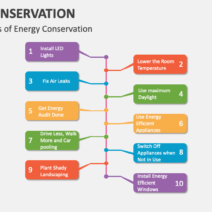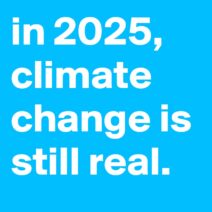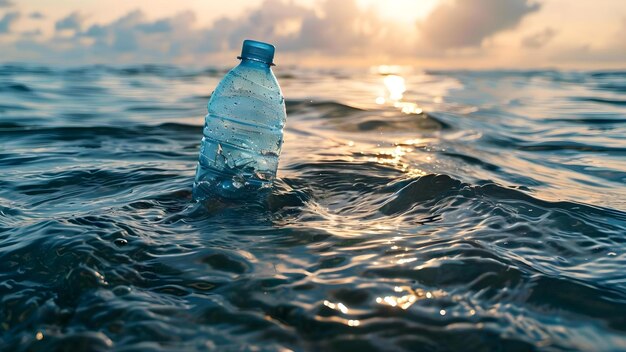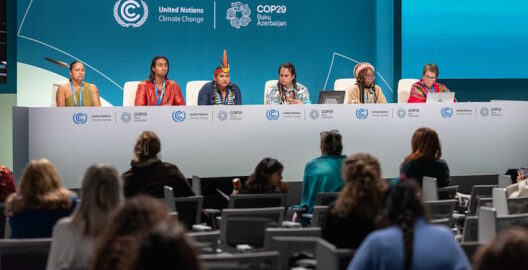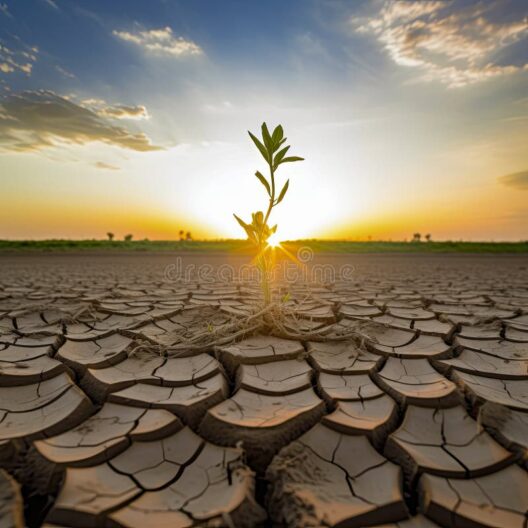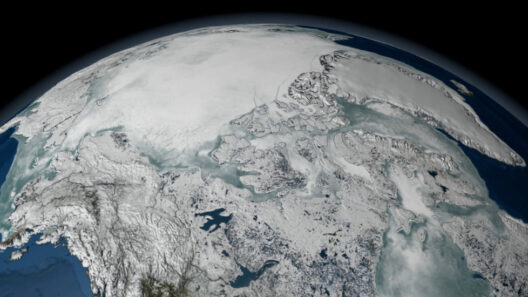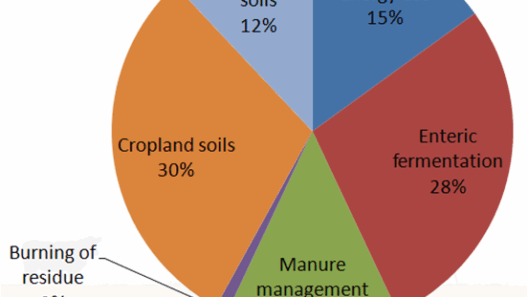Imagine plunging into a surreal underwater world, where bright corals and vibrant fish dance in a fluid ballet. This enchanting panorama is now facing turmoil. As global warming unfurls its ominous banner, the delicate equilibrium of marine ecosystems is disrupted, morphing once-lush seascapes into a shadowy realm of destruction. The metaphor of an “underwater acid trip” aptly captures the disjointed reality caused by rising sea temperatures and ocean acidification—an experience that is as thrilling as it is terrifying.
The archetype of marine life thrives on symbiosis, where each organism contributes to the community’s overall health. Corals, the architects of the ocean, are especially pivotal; they provide habitat for myriad species and serve as indicators of marine health. However, when the thermostat of the planet rises, the symbiotic algae that provide corals with their vibrant colors and nutrients go into a suicidal frenzy, bleaching the corals and leaving them vulnerable. The once-vibrant tapestry of life is reduced to ghostly skeletons, stark reminders of what was and an ominous foreshadowing of what might come.
The oceans are heating up, not merely sending a ripple effect through marine ecosystems but unleashing a cascade of biodiversity loss. Warmer waters act as a straitjacket, restricting the geographical movements of species that cannot migrate to cooler areas. Fish, the titans of the underwater realm, find their spawning grounds unnervingly disturbed. As their territories shift, the delicate balance of predator and prey begins to fray, leading to unstable food webs that could collapse. Each species is a thread in the intricate tapestry of ocean life; pull one, and the entire structure may unravel.
Paralleling this phenomenon is ocean acidification, often referred to as the “evil twin” of climate change. As carbon dioxide (CO2) levels in the atmosphere rise, a sizable portion is absorbed by the oceans, leading to a chemical reaction that lowers pH levels. The outcome? A calamitous environment for calcifying organisms, such as mollusks and certain plankton species, that struggle to build and maintain their calcium carbonate shells. Their distress does not occur in isolation; it reverberates through the food chain, impacting everything from tiny zooplankton to majestic whales. The ocean’s once-thriving multitude now faces existential threats, transforming vibrant underwater worlds into barren wastelands.
Considering the impacts of these ecological heartaches, it becomes increasingly clear that human actions have catapulted marine life into an unprecedented crisis. The belching of greenhouse gases, the plastic-laden waters, and the relentless exploitation of fish stocks are agents of devastation. In this metaphorical acid trip, every breath we take, every decision made in ignorance or indifference, cascades through the aquatic realm, starkly revealing our intertwined fates.
The plight of marine life is underscored by its global significance. Oceans cover over 70% of the Earth’s surface and serve as the planet’s life-support system. They regulate weather patterns, store carbon, and provide sustenance for billions. The biological richness harbored within is a treasure trove for future pharmaceuticals, food resources, and economic vitality. Thus, the threat to marine life is not a distant concern; it is a clarion call to humanity to reassess its relationship with nature.
However, not all hope is lost. Resilient efforts are burgeoning globally, from marine protected areas to policy reforms aimed at curbing carbon emissions. Innovations in sustainable fishing practices and investments in clean energy signal a collective awakening. The responsibility to safeguard the oceans is both a profound privilege and a dire necessity, and increasingly, communities are rising to the challenge. Education and advocacy are paramount in dispelling the fog of ignorance that often surrounds climate change. Through informed dialogue, proactive measures can be taken to mitigate the dire consequences facing our oceans.
The imagery of an “underwater acid trip” encapsulates not just the turmoil experienced by marine ecosystems but propels a poignant reminder of the fragility of life on our planet. As the weight of climatic shifts accelerates, it is crucial to awaken a sense of stewardship towards our oceans. Small actions can ripple through time and space, catalyzing monumental changes in saving our seas. Choices made today will echo into the future, crafting a destiny for marine life that is either vibrant or bleak.
The unfolding narrative of global warming’s threat to marine life is one rooted in urgency. The ocean’s depths are not merely a distant realm but the very essence of Earth’s life support system. Protecting the vitality of the oceans is a shared responsibility, a chorus calling for action and introspection. It’s time to rise above indifference, confront the underlying causes of climate change, and recommit to the sanctity of marine ecosystems. The underwater acid trip is not merely a surreal experience; it is an existential journey begging us to take action and reshape our collective future.
